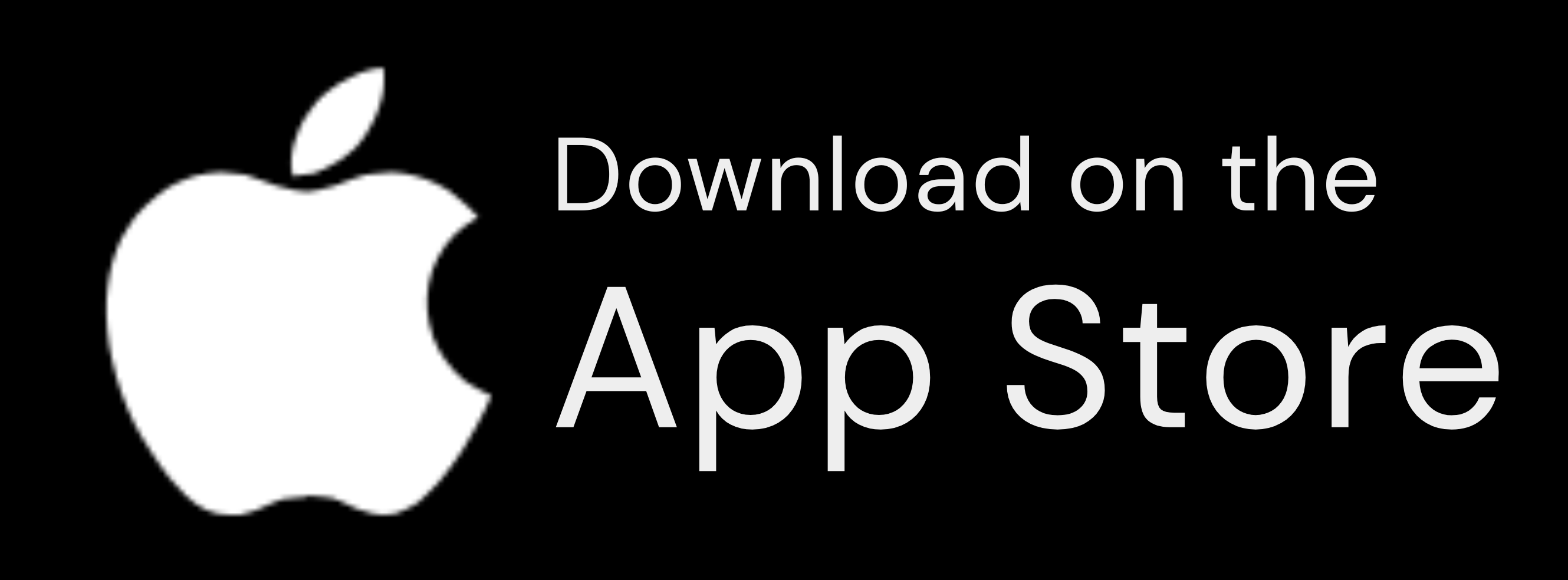Garmin Connect Paywall: The Future of Fitness Tracking and Subscription Models
The fitness tracking landscape is constantly evolving, with companies seeking new ways to enhance user experience and monetize their services. Garmin, a leading player in the wearable technology market, has recently announced a significant change to its Garmin Connect platform: the introduction of paywalled features. This decision has sparked considerable discussion among users and industry experts alike. This article aims to explore the implications of this move, examining the potential benefits, drawbacks, and the broader context of subscription models in the fitness industry.
The Announcement: Garmin Connect's New Subscription Model
In May 2025, Garmin CEO officially confirmed that Garmin Connect would be adding new features behind a paywall. This announcement signals a shift in Garmin's strategy, moving from a primarily hardware-focused business model to one that incorporates recurring revenue through software subscriptions. The specifics of which features will be paywalled and the pricing structure are still being rolled out, but the general direction is clear: users will need to pay a subscription fee to access certain advanced functionalities within the Garmin Connect ecosystem.
Why the Shift to a Subscription Model?
Several factors likely contributed to Garmin's decision to introduce a subscription model:
- Increased Development Costs: Continuously developing and maintaining a comprehensive platform like Garmin Connect requires significant investment. Subscription revenue can help offset these costs and ensure ongoing innovation.
- Competitive Pressure: Other fitness platforms, such as Fitbit Premium and Apple Fitness+, have already successfully implemented subscription models. Garmin may be seeking to remain competitive by offering similar premium features.
- Data Monetization: The data collected by Garmin devices is valuable. By offering advanced data analysis and insights through a subscription, Garmin can monetize this data while providing users with enhanced personalized feedback.
- Hardware Margins: The margins on hardware sales can be tight. A subscription model provides a more predictable and recurring revenue stream, improving overall financial stability.
Potential Benefits for Users
While the idea of paying for features that were previously free may be initially unappealing to some users, a subscription model can also offer several benefits:
- Enhanced Features: Subscription revenue can fund the development of new and advanced features that would not be feasible under a purely hardware-based model.
- Improved Data Analysis: Premium subscriptions often include more sophisticated data analysis tools, providing users with deeper insights into their performance and progress.
- Personalized Training Plans: Subscription services can offer customized training plans tailored to individual goals and fitness levels.
- Priority Support: Subscribers may receive priority customer support, ensuring quicker resolution of any issues.
- Ad-Free Experience: A subscription can remove advertisements from the Garmin Connect platform, providing a cleaner and more enjoyable user experience.
Potential Drawbacks and Concerns
Despite the potential benefits, the introduction of a paywall also raises several concerns:
- User Backlash: Users who have come to rely on free features may be unhappy about having to pay for them. This could lead to negative reviews and a loss of customers to competitors.
- Feature Gating: The decision of which features to put behind a paywall is crucial. If essential features are locked behind a subscription, it could alienate a significant portion of the user base.
- Value Proposition: The subscription must offer sufficient value to justify the cost. If the premium features are not compelling enough, users may not be willing to pay.
- Fragmentation: Introducing a subscription model can fragment the user base, creating a divide between those who pay and those who don't. This could impact the sense of community within the Garmin ecosystem.
- Privacy Concerns: As Garmin collects more data and offers more personalized insights, privacy concerns may arise. Users need to be confident that their data is being handled securely and ethically.
The Impact on Different User Segments
The impact of the Garmin Connect paywall will likely vary depending on the user segment:
Casual Users
Casual users who primarily use Garmin devices for basic activity tracking (steps, distance, sleep) may be less inclined to pay for a subscription. They may find that the free features are sufficient for their needs.
Serious Athletes
Serious athletes who rely on Garmin devices for advanced training metrics and performance analysis may be more willing to pay for a subscription. The enhanced data analysis, personalized training plans, and other premium features could provide a significant competitive advantage.
Budget-Conscious Users
Budget-conscious users may be hesitant to pay for a subscription, especially if they are already paying for other fitness-related services. They may seek out alternative platforms that offer similar features for free or at a lower cost.
Tech Enthusiasts
Tech enthusiasts who are always looking for the latest and greatest features may be more willing to experiment with a subscription. They may be drawn to the advanced data analysis and personalized insights offered by the premium service.
Examples of Features That Could Be Paywalled
While the specific features that will be paywalled remain to be seen, here are some possibilities:
- Advanced Training Metrics: VO2 max, training load, training effect, and other advanced metrics could be exclusive to subscribers.
- Personalized Training Plans: Customized training plans tailored to individual goals and fitness levels.
- Sleep Analysis: Detailed sleep stage analysis and personalized sleep recommendations.
- Recovery Insights: Advanced recovery metrics and recommendations to optimize training and prevent overtraining.
- Heatmaps and Trend Analysis: Visualizations of training data to identify trends and patterns.
- Segment Leaderboards: Access to segment leaderboards and the ability to compete with other users.
- LiveTrack Features: Enhanced LiveTrack features, such as the ability to share location with multiple contacts or track historical data.
- Offline Maps: Downloadable offline maps for navigation without an internet connection.
The Competition: How Other Platforms Are Handling Subscriptions
Garmin is not the first fitness platform to introduce a subscription model. Several other companies have already paved the way, with varying degrees of success:
Fitbit Premium
Fitbit Premium offers a range of premium features, including personalized insights, advanced sleep analysis, guided programs, and workout videos. The subscription is priced at $9.99 per month or $79.99 per year.
Apple Fitness+
Apple Fitness+ is a subscription service that offers a library of workout videos led by expert trainers. The service is integrated with Apple Watch and provides personalized recommendations based on activity data. The subscription is priced at $9.99 per month or $79.99 per year.
Strava
Strava offers a subscription service that provides access to advanced features, such as segment leaderboards, training plans, and route planning tools. The subscription is priced at $5 per month or $60 per year.
Peloton
Peloton offers a subscription service that provides access to live and on-demand fitness classes. The subscription is required to use the Peloton bike or treadmill and is priced at $39 per month.
The Freemium Model: Balancing Free and Premium Features
The key to a successful subscription model is finding the right balance between free and premium features. The free version of Garmin Connect needs to offer enough value to attract new users and keep them engaged, while the premium subscription needs to offer compelling features that justify the cost.
A well-designed freemium model can benefit both users and the company. Users can enjoy a basic level of functionality for free, while those who need more advanced features can pay for a subscription. This allows the company to generate revenue while still providing value to a broad audience.
The Future of Fitness Tracking Subscriptions
The introduction of paywalled features in Garmin Connect is likely a sign of things to come. As the fitness tracking industry matures, more companies are expected to adopt subscription models as a way to generate revenue and enhance user experience.
The success of these subscription models will depend on several factors, including the value proposition, the pricing structure, and the user experience. Companies that can offer compelling premium features at a reasonable price are likely to succeed, while those that fail to deliver value may struggle to attract and retain subscribers.
Garmin Ecosystem and the Fenix 8 Consideration
The Garmin ecosystem plays a crucial role in user retention. Many users are deeply invested in the Garmin ecosystem, with years of historical data stored in Garmin Connect. Switching to a different platform would mean losing this data, which can be a significant deterrent.
However, as one user, Henley Bailey, mentioned, the Fenix 8 might be their last Garmin device. The increasing reliance on subscriptions could push some users to explore alternatives like Suunto, especially if they feel the value proposition of Garmin's subscription doesn't align with their needs.
Conclusion: A Pivotal Moment for Garmin and the Fitness Industry
Garmin's decision to introduce paywalled features in Garmin Connect is a pivotal moment for the company and the fitness industry as a whole. It represents a shift towards a subscription-based model, which could have significant implications for users, competitors, and the future of wearable technology.
Whether this move will be successful remains to be seen. However, one thing is clear: the fitness tracking landscape is changing, and companies need to adapt to stay competitive. By carefully considering the needs and concerns of their users, Garmin can navigate this transition and continue to provide value to the fitness community.














